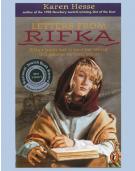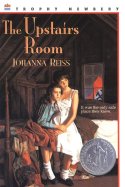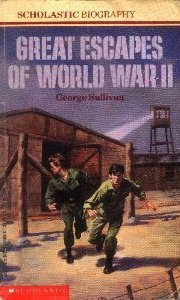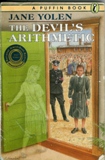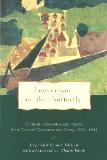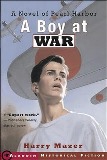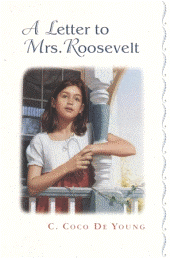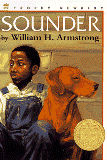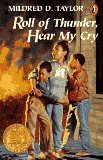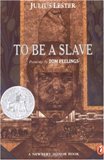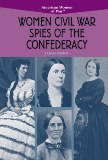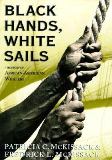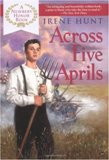Link to
author's website |
Summary:
In To Be a Slave, Julius Lester tells the history of slavery in America.
His
own narrative is alternated with slave testimonies – some from
nineteenth
century slave narratives, some taken down by the Federal Writer’s
Project in
the 1930’s. The result is an incredibly sad, powerful and informative
book. The structure works really
well, and I was impressed with how well-rounded the book is. I won’t
say it
shows the good and the bad because that makes no sense when it comes to
slavery, but it does show the various types of experiences that existed
within
slavery: being born a slave versus being dragged from your homeland and
cast
into slavery, despising your owners versus identifying with their
ideas,
helping others escape versus betraying them, different reactions to the
end of
the Civil War, etc. As with everything, there were probably as many
different
ways to experience slavery as people who experienced it. Although
To Be
a Slave depicts the conditions of blacks during slavery and raises many
questions about the treatment of minorities in contemporary society. To
Be a
Slave shows the tragic effects that ensue when a society discriminates
against
people because of race, religion.
|
Standards Addressed: National
Social Science
Standards; Standard 3: Historical Analysis and Interpretation; C. Read
historical narratives imaginatively, taking into account (a) the
historical
context in which the event unfolded--values, outlook, options, and
contingencies
of time and place; and (b) what the narrative reveals of the
individuals involved--their
probable motives, fears, strengths, and weaknesses.
D. Evidence
historical
perspectives--the ability (a) to describe the past on its own terms,
through
the eyes and experiences of those who were there, as revealed through
their
literature, diaries, letters, debates, arts, artifacts, and the like;
and (b)
to "present-mindedness," judging the past solely in terms of
present-day norms and values.
SS8RC1
Students will enhance reading in all curriculum areas by:
a. Reading in All Curriculum Areas
• Read a minimum of 25 grade-level appropriate books per year from a
variety of subject disciplines and participate in discussions related
to curricular learning in all areas; read both informational and
fictional texts in a variety of genres and modes of discourse.
SS8H7
The student will evaluate key political, social, and economic changes
that occurred between 1877 and 1918.
SS8H6 The student will analyze the impact of the Civil War and
Reconstruction.
|
